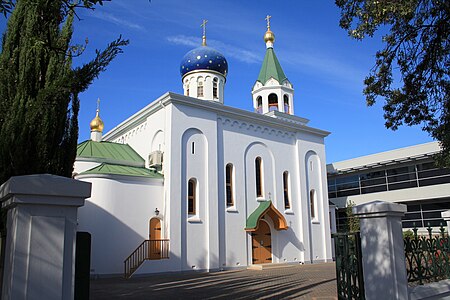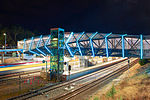Wayville, South Australia
Suburbs of AdelaideUse Australian English from August 2019

Wayville is an inner-southern suburb of Adelaide in the City of Unley. It is most notable for hosting of the Royal Adelaide Show at the Adelaide Showgrounds. The suburb is bordered to the north by Adelaide's South Parklands, to the west by Adelaide-Goodwood railway line, to the east by King William Road, and to the south by Leader Street, Parsons Street and Simpson Parade. Keswick Creek, a tributary of the Brown Hill Creek and Patawalonga River, flows through the southern side of the suburb.
Excerpt from the Wikipedia article Wayville, South Australia (License: CC BY-SA 3.0, Authors, Images).Wayville, South Australia
Short Street, Adelaide Wayville
Geographical coordinates (GPS) Address Nearby Places Show on map
Geographical coordinates (GPS)
| Latitude | Longitude |
|---|---|
| N -34.945 ° | E 138.591 ° |
Address
Short Street
Short Street
5034 Adelaide, Wayville
South Australia, Australia
Open on Google Maps






